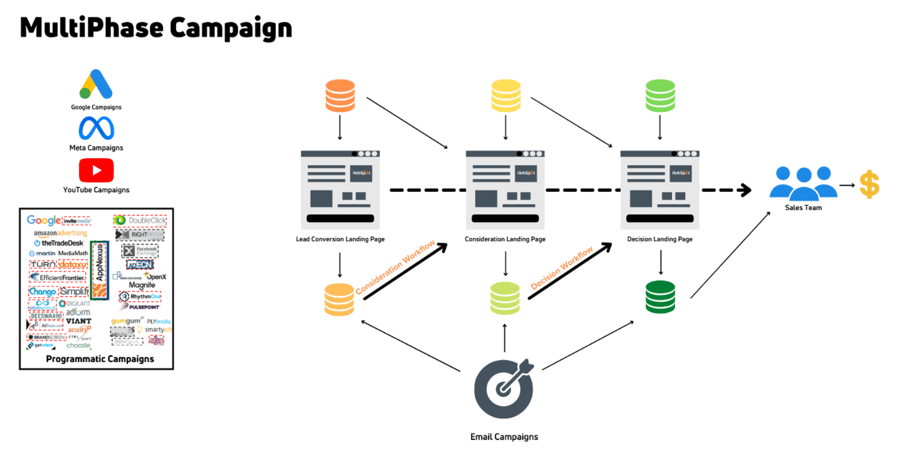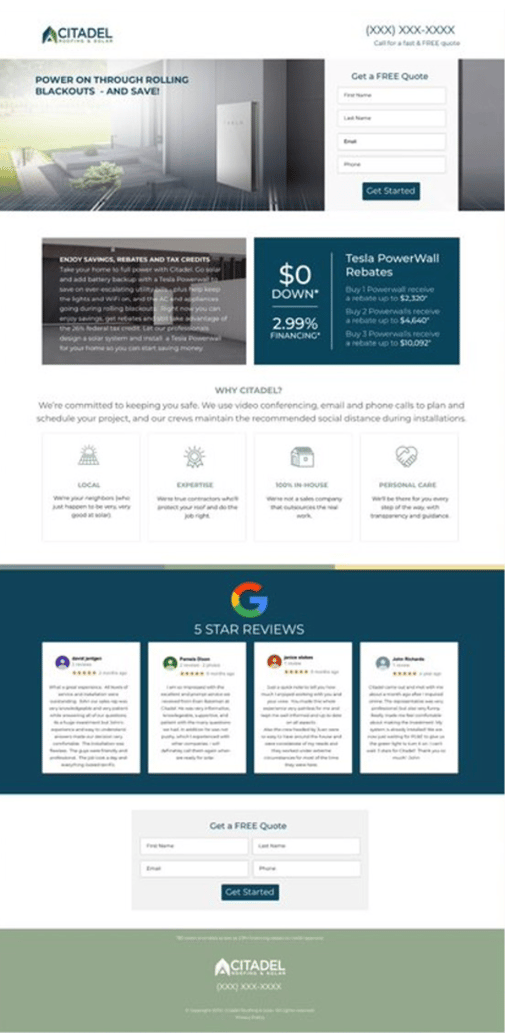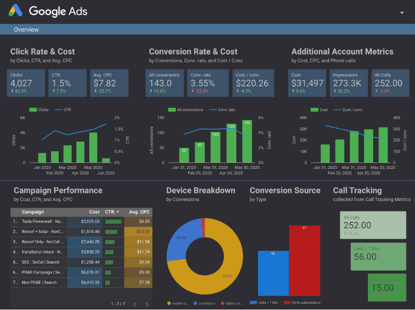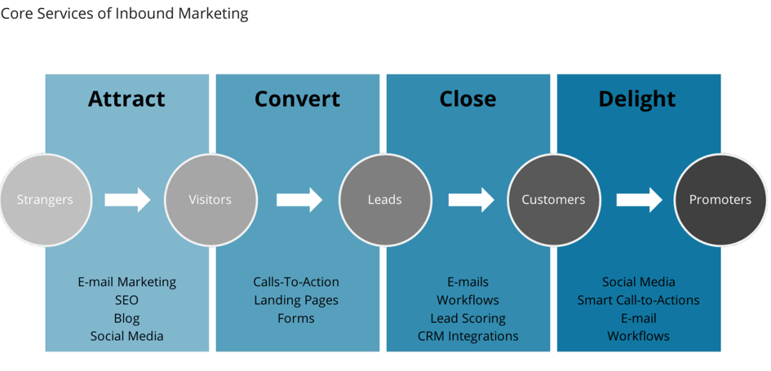Outbound and Inbound Considerations for Your Consumer Marketing Strategy
A strong go-to-market strategy can help generate leads in your competitive vertical market by demonstrating how your business differs from other providers and building a positive reputation. Both outbound and inbound marketing should have a place in your approach to consumers. Here are a few considerations when making plans for each.
Outbound marketing
Traditional outbound marketing involves mass marketing your message to many in hopes of reaching the small subset of potential customers. Even with the advent of digital, traditional marketing can still increase your brand awareness while digital-based outbound marketing also drives quality leads.
Traditional:
- TV ads
- Radio ads
- Print ads
- Billboards and outdoor media
- Direct mail
- Trade shows and other events
Digital:
- Pay-Per-Click / Google search advertising
- Retargeting ads
- Social media ads on platforms including Facebook, Instagram and LinkedIn
It’s important to research the opportunities available to reach your target locations to form a multi-phase campaign that will reach your audience and make the most of your budget.

It’s also extremely important to have a “high converting” landing page that includes a form for prospects to fill out and a phone number to call to learn more. Both the form and phone number should be in the hero space/above the fold and repeated at the end of the landing page to foster maximum attention. Inquiries from these call-to-actions should be tracked to help measure campaign success.
Information below the hero section should reiterate the offer you’re running in your ad that people have clicked to bring them to this page. You can also include more information about your company, why people should work with you, and share some testimonials or reviews.
More than 70% of residential leads come from a mobile phone so your website and landing page should be optimized for mobile, making it quick and easy to complete forms on a phone. Otherwise, people may become frustrated and fail to continue forward in the buying process.

Again, measuring the results of your digital platforms is critical. Live results can be set up with reporting platforms like Data Studio and Swydo. Understanding the returns you’ve gotten for your investment in terms of clicks, calls, conversions, impressions and other analytics can help you assess where to spend future dollars.

In addition to reporting platforms, you should develop a reporting structure for all tactics so you know exactly how your marketing team, sales team and investment are performing.

When implemented effectively and creatively, outbound marketing can deliver strong results in your go-to-market strategy.
Inbound marketing
Inbound marketing is consumer-centric marketing made possible by technology. We as consumers like doing our own research when we have a need. The internet has put consumers in control.
Often, the best leads with the highest conversion rates (aside from referrals) come from inbound marketing. Creating content like blogs, videos, newsletters and more can generate organic leads as prospects are drawn to the information on your site prompting them to get in touch to learn more.
Inbound marketing tactics include:
- SEO
- Blog
- Social media
- Newsletters
- Videos
- Podcasts

Companies that resist dedicating a large portion of their marketing budgets to inbound are simply missing out on sales. A mix of both outbound and inbound marketing tactics is the best way to attract consumers, earn their trust, and convince them to buy.





